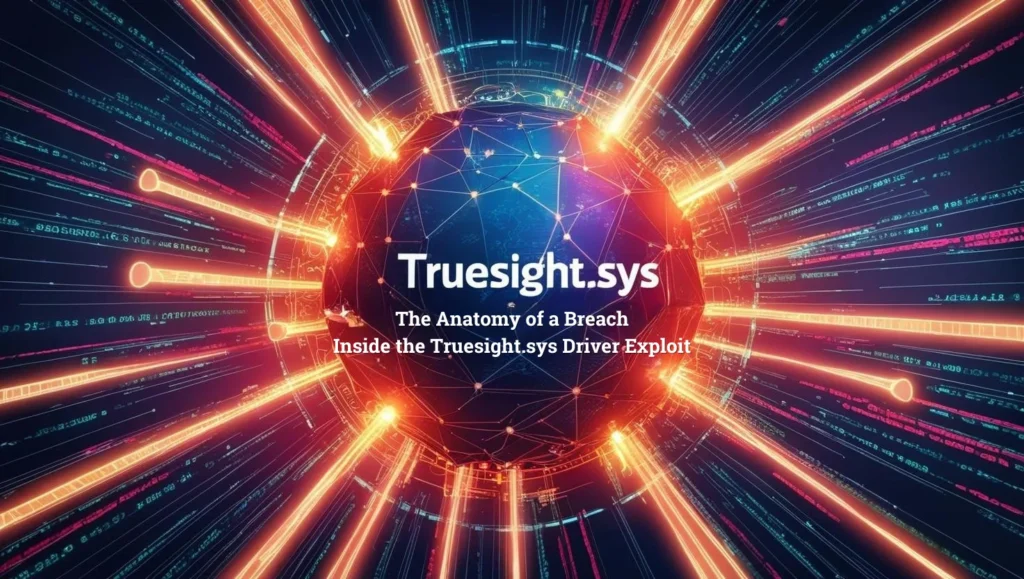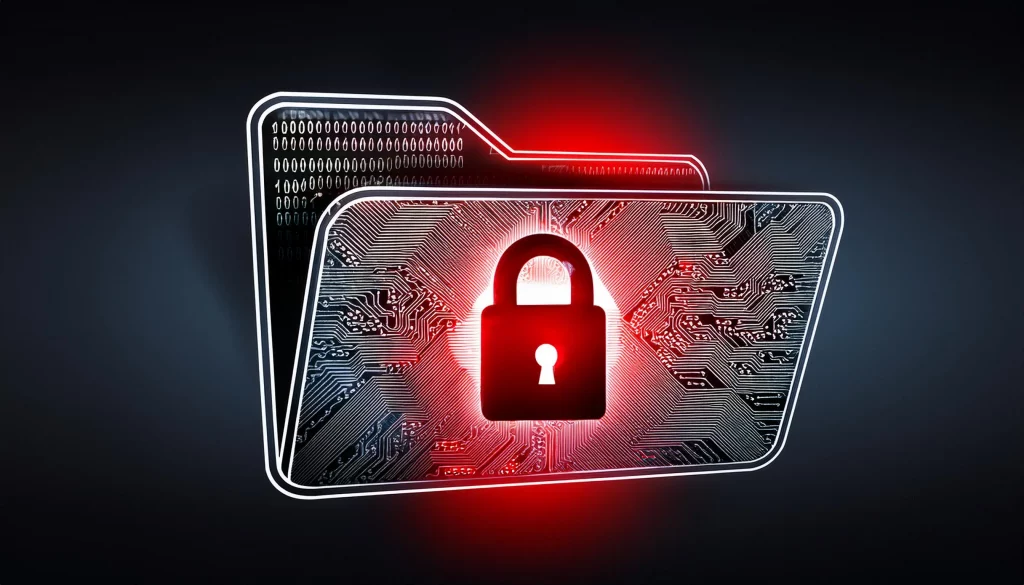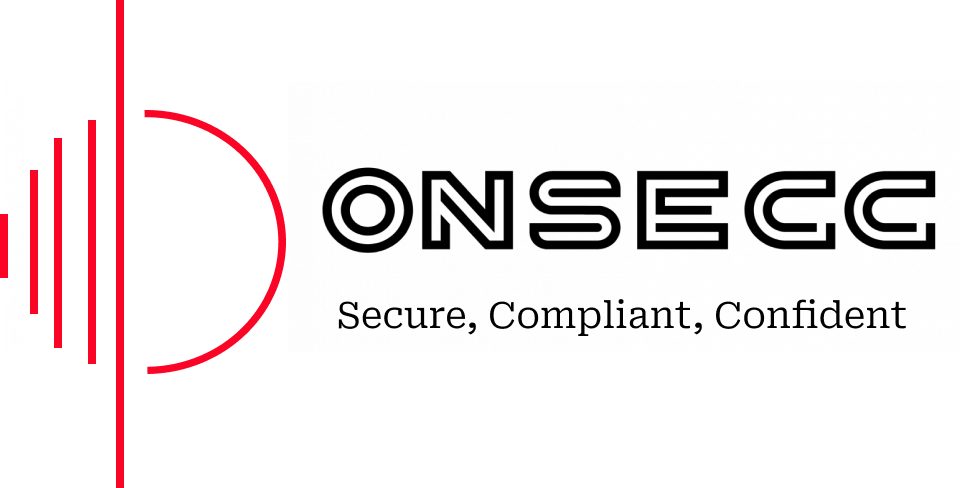Understanding Cybersecurity Compliance Behavior: A Deep Dive Decision-Making Styles
As cyberattacks become more sophisticated, organizations rely more heavily on their employees to act as a strong defence. Technical security systems are vital, but people play a central role in cybersecurity. This article focuses on cybersecurity compliance behaviour, examining why and how individuals follow an organization’s security policies.
Table of Contents:
- Introduction: The Persistent Challenge of Cybersecurity Compliance
- Understanding Decision-Making Styles in Cybersecurity Compliance
- Leveraging Onsecc for Effective Cybersecurity Compliance
- Exploring the Individual Perspective: Decision-Making Style and Behavior
- The Donalds and Osei-Bryson Model: A Novel Approach to Cybersecurity Compliance
- Investigating the Research Model and Hypotheses
- Methodology: Unveiling Insights through Empirical Validation
- Discussion of Findings: Shedding Light on Individual Cybersecurity Compliance Behavior
- Conclusion: Navigating the Complex Landscape of Cybersecurity Compliance

Introduction: The Persistent Challenge of Cybersecurity Compliance
Cybersecurity compliance remains a persistent challenge for organizations worldwide. Despite increased awareness, human behaviour within entities often poses a significant risk to data security. Understanding and managing cybersecurity compliance behaviour is crucial in safeguarding against potential threats. Integrating decision-making styles into cybersecurity governance frameworks is a key step in addressing this challenge.
Understanding Decision-Making Styles in Cybersecurity Compliance
The Role of Individual Decision-Making Styles
Effective cybersecurity compliance hinges on the decisions made by individuals within an organization. Different decision-making styles, such as analytical, intuitive, directive, and conceptual, can influence how compliance measures are implemented and maintained. Understanding these styles is crucial for ensuring a comprehensive and successful compliance strategy.
- Analytical individuals may excel at detailed analysis of compliance requirements and regulations.
- Intuitive decision-makers might rely on instincts and creativity to address compliance challenges.
- Directive personalities prioritize efficiency and results in compliance initiatives.
- Conceptual thinkers often focus on the ‘big picture’ strategy of cybersecurity compliance.
Impact on Compliance Implementation
Each decision-making style brings its own strengths and weaknesses to the table when it comes to implementing cybersecurity compliance measures. For example:
- Analytical individuals may struggle with adapting quickly to changing compliance standards.
- Intuitive decision-makers might overlook crucial details in compliance documentation.
- Directive personalities may prioritize speed over thoroughness in compliance processes.
- Conceptual thinkers could struggle with operationalizing compliance requirements into practical procedures.
Leveraging Onsecc for Effective Cybersecurity Compliance
Introduction to Onsecc
Onsecc is a comprehensive cybersecurity compliance platform that streamlines the compliance process by providing real-time monitoring, automated updates, and customizable reporting features. With Onsecc, organizations can stay ahead of compliance requirements and mitigate security risks effectively.
How Decision-Making Styles Interact with Onsecc
The integration of decision-making styles with Onsecc can enhance the overall cybersecurity compliance efforts within an organization. Here’s how each style can leverage the capabilities of Onsecc:
- Analytical individuals can utilize Onsecc’s detailed reporting features for in-depth compliance analysis.
- Intuitive decision-makers may appreciate Onsecc’s user-friendly interface for quick insights into compliance status.
- Directive personalities can benefit from Onsecc’s automation capabilities to streamline compliance processes.
- Conceptual thinkers might find Onsecc’s customizable dashboard helpful in visualizing the compliance strategy.
Exploring the Individual Perspective: Decision-Making Style and Behavior
Individuals within organizations make decisions daily that impact cybersecurity compliance. Research suggests that decision-making styles, influenced by various factors, play a crucial role in how individuals perceive and respond to security threats. Recognizing these styles can provide valuable insights into improving cybersecurity practices.
Key Points:
- Decision-making styles are consistent ways in which individuals approach decisions.
- These styles are shaped by factors such as talent, skill, experience, and personal preferences.
- Understanding decision styles can help in predicting cybersecurity compliance behaviour.
The Donalds and Osei-Bryson Model: A Novel Approach to Cybersecurity Compliance
The Donalds and Osei-Bryson model introduces a unique perspective on individual cybersecurity compliance behaviour. By incorporating decision-making styles, this model offers a fresh approach to understanding the factors that influence compliance behaviour. It highlights the importance of intrinsic factors in shaping cybersecurity practices within organizations.
Investigating the Research Model and Hypotheses
Empirical research conducted using survey data validated the hypotheses proposed by the Donalds and Osei-Bryson model. The study revealed significant relationships between decision styles and cybersecurity compliance behaviour, shedding light on previously unexplored aspects of cybersecurity research. These findings have implications for improving security practices within organizations.
Methodology:
- Adoption and validation of data collection instruments.
- Survey data collection from 248 individuals.
- Measurement model tests for validation.
- Regression analysis to examine relationships.
Discussion of Findings: Shedding Light on Individual Cybersecurity Compliance Behavior
The empirical findings of the study provide valuable insights into individual cybersecurity compliance behaviour. By confirming the significance of decision styles, the study advances our understanding of compliance behaviour in cybersecurity. These insights can help organizations develop targeted strategies to promote a culture of security awareness and compliance among employees.
Conclusion: Navigating the Complex Landscape of Cybersecurity Compliance
In conclusion, cybersecurity compliance behaviour remains a complex and challenging aspect of cybersecurity management. By integrating decision-making styles into the analysis, organizations can gain a deeper understanding of compliance behaviour and develop effective strategies to mitigate security risks. Moving forward, leveraging insights from research models like the Donalds and Osei-Bryson models can empower organizations to enhance their cybersecurity practices and foster a culture of security awareness.
Engage with us: Have you considered the impact of decision-making styles on cybersecurity compliance within your organization? Share your thoughts and experiences in the comments below.
Contact info
- 3rd Floor, 86-90 Paul Street, London, EC2A 4NE, UK
- +44-2034880245
- hello@onsecc.com
Share Blog On
Download Free Assessment Guide of ISO 27001 : 2022
Recent Posts:
-
 Cyber Insurance for Small Businesses: What You Don't Know Could Cost You Everything
Cyber Insurance for Small Businesses: What You Don't Know Could Cost You Everything -
 Meet AkiraBot: The AI Spam Demon Haunting 420,000 Websites (and Counting)
Meet AkiraBot: The AI Spam Demon Haunting 420,000 Websites (and Counting) -
 2,500 Faces of Deceit: The Proliferation of Malicious Truesight.sys Variants
2,500 Faces of Deceit: The Proliferation of Malicious Truesight.sys Variants -
 Zero-Day Vulnerabilities: The Invisible Threat Redefining Cybersecurity
Zero-Day Vulnerabilities: The Invisible Threat Redefining Cybersecurity -
 The Middle East’s Cybersecurity Gap: Building Defenses for a Digital Future
The Middle East’s Cybersecurity Gap: Building Defenses for a Digital Future -
 The Cost of Non-Compliance: What the TfL Cyber Attack Teaches Us
The Cost of Non-Compliance: What the TfL Cyber Attack Teaches Us -
 GDPR in the United States: A Do or Die Situation for Businesses
GDPR in the United States: A Do or Die Situation for Businesses -
 Is Your Business PCI Compliance Certified? Don’t Risk It!
Is Your Business PCI Compliance Certified? Don’t Risk It!
FAQs
Cybersecurity compliance involves adhering to regulations, standards, and best practices to ensure the security and privacy of data stored and processed in cloud environments. It’s essential because it helps organizations protect sensitive information, maintain trust with customers, and avoid legal and financial repercussions from data breaches.
Onsecc is a comprehensive cybersecurity compliance platform that offers real-time monitoring, automated updates, and customizable reporting features. It helps organizations stay ahead of compliance requirements, mitigate security risks effectively, and streamline the compliance process.
Yes, decision-making styles such as analytical, intuitive, directive, and conceptual can significantly influence how individuals within an organization perceive and respond to cybersecurity compliance requirements. Understanding these styles is crucial for developing tailored strategies to promote compliance.
The Donalds and Osei-Bryson model introduces a unique perspective on individual cybersecurity compliance behavior by incorporating decision-making styles. It emphasizes the role of intrinsic factors in shaping compliance practices within organizations, providing valuable insights for improving security strategies.
Organizations can integrate decision-making styles with Onsecc by aligning each style’s strengths with the platform’s capabilities. For example, analytical individuals can utilize Onsecc’s detailed reporting features, while intuitive decision-makers may appreciate its user-friendly interface for quick insights into compliance status. By leveraging these styles effectively, organizations can enhance their overall cybersecurity compliance efforts.


